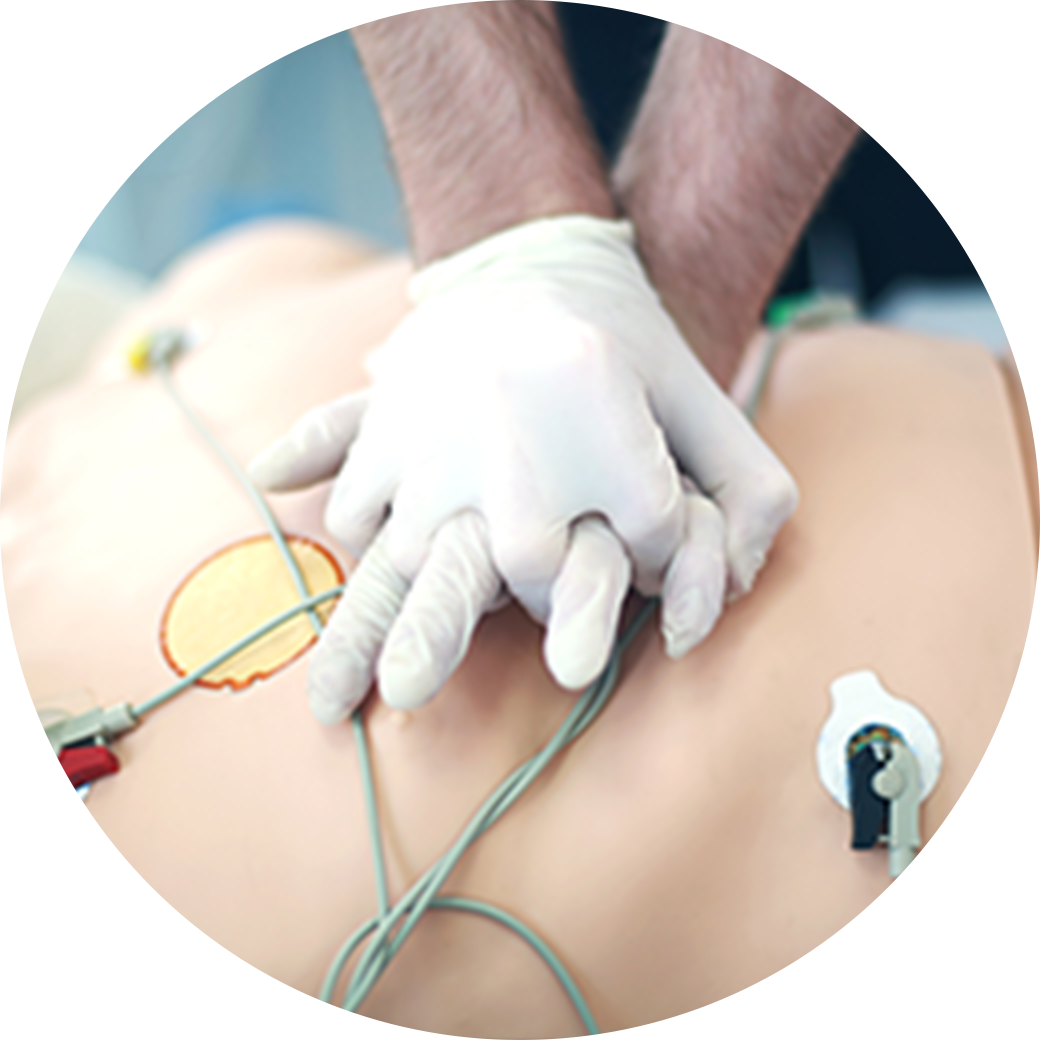
Transforming Learning in a Pandemic Context
What Can the Healthcare World Expect From the Class of 2021?

Français • April 7, 2022
From In-Person to Online Simulations
Across Canada, in-person learning opportunities for nursing students became limited or stopped completely at the onset of the COVID-19 pandemic.
To meet learning criteria, nursing programs had to pivot. For example, some expanded the use of virtual simulations and scenarios as an alternative to in-person care in hospitals, long-term facilities, or community-based experiences.
Think learning how to give injections into an orange over zoom without an in-person instructor, and video game–type software that lets you interact with virtual patients.
Reflecting on Tradition
Virtual learning is not new.
We’ve come a long way since the first life-size mannequin was used to train nurses in 1911. Today, there’s an ever-growing array of digital tools available to foster simulated immersive learning.
What Have Other Sectors Done?

Aviation
Flight simulators for aviation training emerged at the beginning of the 20th century and still serve as a safe and cost-effective way to train pilots.

Military
Ancient warfare models that used coloured stones and grid systems on a board have evolved into computer simulations of life-threatening field exercises that save time, reduce wear on equipment, and keep people safe.

Manufacturing
To evaluate the impact of system changes and reduce costs, manufacturing plants increasingly use simulation tools to plan, design, and automate processes.

First Aid
From CPR dummies to programmable robotic patients, resuscitation training through simulation offers a controlled clinical practice without putting people at risk.

Driver’s Ed
Virtual reality driving simulations have emerged to help drivers increase safety, preserve vehicles, and offer greater flexibility for learners.
These tools are called alternative delivery methods. They’re different ways of learning beyond the traditional in-person exchange between student and teacher. And since technology’s getting better, the options are too.
What’s Expected of Nurses
It’s Inescapable: Our Bodies Exist in Physical Space. How Do Nurses Learn in a Non-physical Environment?
Nursing is an art and a science. It requires students to spend a considerable portion of their time gaining hands-on experience. Nursing education is one of the fields most significantly impacted by the pandemic, given its focus on both science and human interaction.
Good or Bad, COVID-19 Forced a Shift
The pandemic pushed learners and educators to find virtual substitutes for in-person training. Overnight, learning on-the-job opportunities—like co-op placements—were no longer possible.
Has Shifting to Virtual Training Done More Harm Than Good?
The Jury’s Still Out.

- increased flexibility
- some simulations can enhance outcomes for students
- work at own pace
- cost-effective
- improved technical skills
- asynchronous discussions with classmates

- online training can result in learners feeling isolated
- weak connection with instructors
- higher dropout rates
- not ideal for students with lower education levels coming into the program
- technical issues (e.g., with online learning platforms and new applications)
- non-inclusive for learners without reliable Internet access
What’s Next?
On behalf of the Future Skills Centre, our study will explore challenges, opportunities, and innovations in training methods for nursing students during the pandemic. This work will help us better understand the role of experiential learning in skill development in Canada.
We will interview BN/BScN/BSN 2021 graduates who are currently working, nurse educators, and industry experts to understand how alternative learning methods can impact skill development and on-the-job experiences. Multiple perspectives will be key to:
- identifying perceived differences in skill development because of alternative delivery methods (e.g., online, in-person, hybrid)
- pinpointing gaps in skills as nurses started their jobs and understanding if and how these gaps closed over time
- learning about the effectiveness of alternative delivery methods and how they can be used post-pandemic

Lessons Learned From the Pandemic to Inform Better Training
We hope to identify success stories and useful innovations in the shift from in-person to online learning. This may inspire opportunities to scale teaching, improve education access for underserved communities, and partner with workplaces to address skill gaps. Our work may inform education leaders’ and policy-makers’ understanding of experiential learning and skill development in the post-pandemic era. Findings may be especially relevant to healthcare and other related industries, where human interaction and on-the-job training are standard. Reimagined learning means more opportunity.
Be ready. Stay informed. Get the latest research and findings from the Future Skills Centre that affect your industry and organization.





